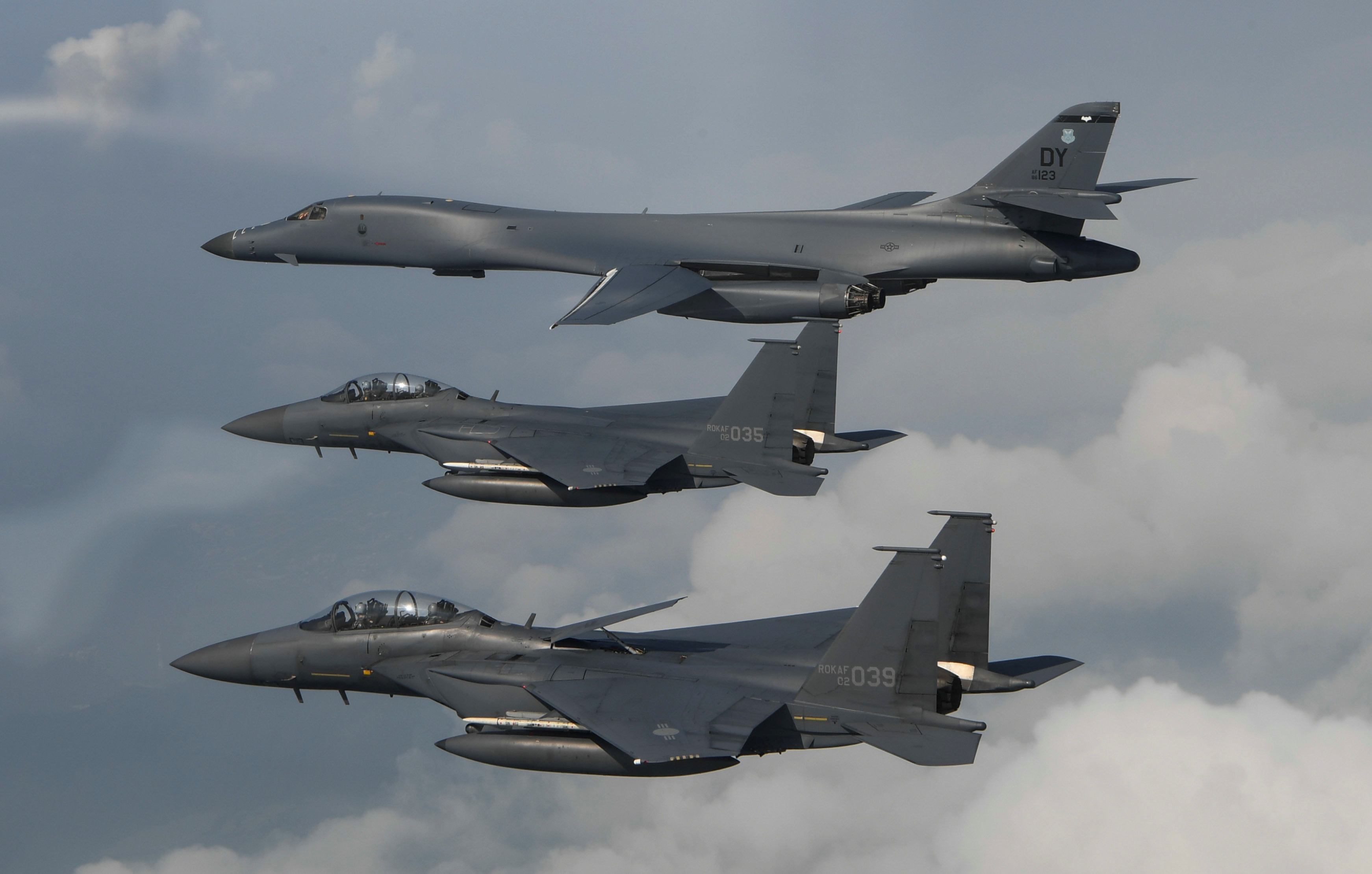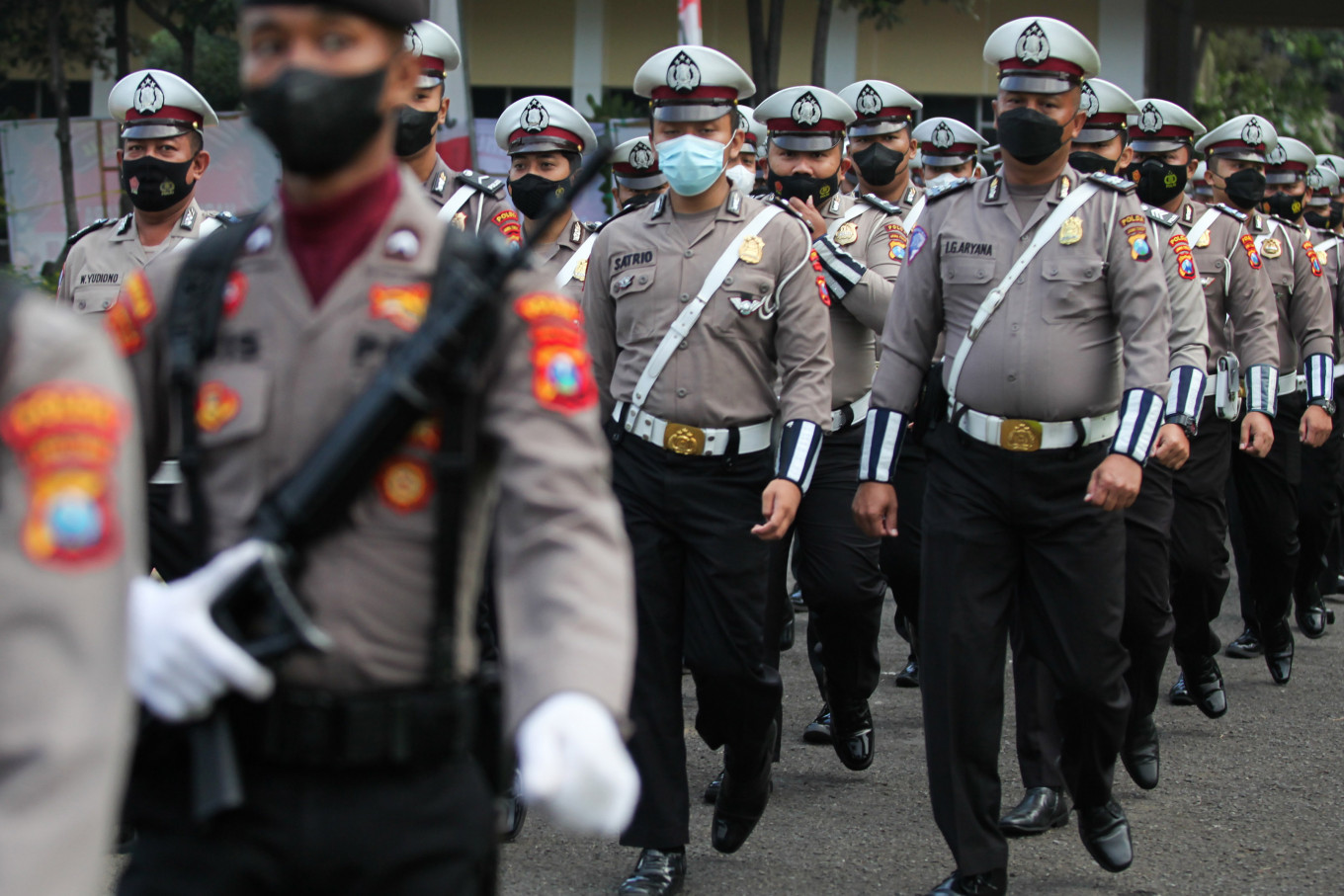Reformers Military - Retired Army Maj. Gen. Bob Scales heads the Defense Secretary's Close Combat Lethality Task Force. He recently spoke at the National Defense Industry Association's annual Weapons Systems Forum, urging industry and government leaders to do better and make a leap forward in less than two years. (Staff Sergeant Armando R. Limon/Army)
INDIANAPOLIS — Defense Secretary Jim Mattis, tasked Tuesday with transforming the head of infantry and close combat, challenged industry and government leaders to give their bosses a jump rifle in less than two years — or else.
Reformers Military

Retired Army Maj. Gen. Bob Scales was the keynote speaker at the Defense Industries Association's National Weapons Systems Forum, and he wasted no time getting down to the key components equipping infantry for close combat.
Mattis' Infantry Reformer Blasts Weapons Makers To Quit Stalling And Make A Better, More Lethal Rifle
Scales recounted how he spoke at a conference three years ago and pushed industry and government procurement officials to create a medium-caliber rifle with a piston, polymer case, silencer and digital fire control.
Scales is the head of the Defense Department's newly formed Close Combat Consequences Task Force. The task force, formed under Mattis, has $2.5 billion to fundamentally change the way the Army, Marines and special operations forces conduct close combat.
The rifle he described in his opening remarks is under discussion in the military-run Next Generation Squad Weapon project.
The goal of the NGSW program was to create a rifle or carbine to replace the defective M16/M4 system, which Scales argued against from his own experience with early versions of the M16 in Vietnam.
Introducing #scharnhorst: The Military Society And The Concept Of Continuous Education
But an incredulous Scales told the crowd that NGSW developers are now favoring a handgun in a program called Automatic Rifle Next Generation Squad to replace the Squad Automatic Weapon rifle or carbine at a later date.
Soldiers from the 3rd Armored Brigade Combat Team, 4th Infantry Division wait for orders to advance to the objective during Combined Resolve VIII exercise at Grafenwehr Proving Ground, Grafenwehr, Germany, April 24, 2017. The Army is looking for an improvised 7.62 mm rifle. to replace part of your M4. (Spc. Javon Spence/Army)
"Let me tell you something, folks. This is not going to work," Scales said. "Make a rifle by 2020. Good lord, people, that's a nine-pound piece of steel. It's not as expensive as a nut on a B-1 bomber.”
New Rifle, Bigger Bullets: The Army plans to phase out the M4 and 5.56 Sotiers could get a new rifle and a bigger cartridge in a few years.
How Should Germany Deal With Its Military History?
Representatives of the NGSW project expect machine gun prototypes in late 2019 or early 2020. Changes include an intermediate caliber. A government-developed 6.8 mm cartridge is currently being tested.
Already next year, snipers from the Special Operations Command will replace the barrel of the 7.62 mm rifle with a commercially available 6.5 mm caliber.
"Before he leaves office in 2020, the Department of Defense said that if [President Donald] Trump is not reelected, he's going to go to a shooting range somewhere and shoot that rifle," Scales said. "If you don't get something on the field by then, you've failed."
He pointed to the casualties caused by small arms and other infantry equipment, the deaths from Vietnam to Afghanistan and the deaths of special operations soldiers in Niger last year.
Triumph By Luther (copy); Lvhtvs Trivmphans. Triumph By Luther, Approx. 1520 1550. The Church Terrorists Led By Luther In Contrast To The Catholics Led By Pope Leo X. Luther Standing On A Hill
"If you had listened to me three years ago, soldiers in Niger would have had this rifle in their hands," Scales said. "So put him to bed tonight."
This Mattis-led task force wants to reform the infantry. Here's how it can be done. A melee death task force can dramatically change the lives of infantry and ground combat units.
Scales said the historical reluctance to jump forward with a rifle is a "purely fleeting" notion when every service member has the same basic rifle.

According to Scales, the rifle project should be one of the first "low-hanging fruits" of the entire task force's mission.
Reformers Urged Not To Redefine Commissary 'savings'
The main emphasis will be a bulletproof vest. The technology is not yet fully ready, but a light bulletproof vest capable of protecting against a 7.62 mm bullet at a distance of 400 meters from the neck to the groin is needed.
Scales hopes it will be the result of hard-working small businesses because, like so much in the infantry, small equipment is extremely valuable to the less than 4 percent of combat units involved in close combat, but it doesn't attract the dollars that bombers spend. and ships. do.
Since 2004, Todd South has written for various publications on crime, courts, government, and the military, and was named a 2014 Pulitzer Prize finalist for his co-authored Witness Intimidation Project. Todd is a Marine Corps veteran of the Iraq War.
Tags: 6.8mm 6.5mm Creedmoor Close Combat Lethality Task Force Special Operations Army Infantry Marine Corps M27 M38 SOCOM Sniper Infantry Next Generation Troops Weapons Next Generation Troops Automatic Rifle
Prosecutors, Reformers And Police Talk Eyewitness Id Problems And Solutions
Prosecutors in the MARSOC 3 trial say an Army veteran died in a fistfight. "I found a brain that was severely traumatized," he said, describing blood, hemorrhaging, bruising and dead tissue.
The Veterans Affairs Committee of the Verkhovna Rada will change again this session, this year 13 new faces will appear in it, more than half of its composition.
New evidence declares a soldier a prisoner of war before his death during the Korean War. Neither original evidence nor eyewitnesses indicated his status as a prisoner of war.

The 108-year-old original Montford Point Marine was honored for his service. Kosmas D. Eaglin senior. awarded for years of selfless service in three military conflicts. Prussian (and later German) Chancellor Otto von Bismarck, right, Geral Helmut von Moltke the Elder, left, and Geral Albrecht von Rohn, center. Although Bismarck was a civilian politician rather than an officer, he wore a military uniform as part of the Prussian militaristic culture of his time. From a painting by Carl Steffek
China: No Regrets, No Retreat — Frontline Missions
Militarism is the belief or desire of a government or people that a state should maintain a strong military capability and use it aggressively to advance national interests and/or values.
It can also mean glorifying the ideals of the army and the professional military class, as well as "the dominance of the armed forces in public administration or politics".
Militarism has been a significant element in the imperialist or expansionist ideologies of many nations throughout history. Some notable cases include the Ancient Assyrian Empire, the Greek city-state of Sparta, the Roman Empire, the Aztec Nation, the Mongol Empire, the Zulu Empire, the Kingdom of Prussia, the Habsburg/Habsburg-Lorraine Monarchies, the Ottoman Empire, the Japanese Empire, the Russian Empire, the Soviet Union, North Korea , the United States of America, Nazi Germany, the Italian Empire under Bito Mussolini, the German Empire, the British Empire, and the First French Empire under Napoleon.
The roots of German militarism can be found in Prussia of the 18th and 19th centuries and the subsequent unification of Germany under Prussian leadership. However, Hans Rosberg already sees its origins in the Teutonic Order and the colonization of Prussia in the late Middle Ages, when the mercenaries of the Holy Roman Empire received the lands of the knights and gradually formed a new Prussian military nobility, from which the junker. nobility will develop later.
Police A Missing Passenger In Indonesia's Reform Train
During the reign of the "Great Elector" Friedrich Wilhelm of Brandburg in the 18th century, Brandburg-Prussia increased its army to 40,000 meters and established an efficient military administration under the supervision of the Heral Military Commissariat. In order to consolidate his power in both domestic and foreign affairs, Prussia's Soldatkönig ("soldier king") Frederick William I began his sweeping military reforms in 1713, beginning the country's tradition of significantly increasing the military budget. annual military expenditure was 73 percent of tire Prussian budget. By the time of his death in 1740, the Prussian army had grown to a standing army of 83,000 m, one of the largest in Europe, with a Prussian population of 2.5 million. The Prussian war writer Georg Guerich von Berghorst later wrote in retrospect that since the reign of the Military King, Prussia had always been "a country with an army, but an army with a country" (a quote often wrongly attributed to Voltaire and Honoré Gabriel Riqueti, Count of Mirabeau).
When Napoleon Bonaparte conquered Prussia in 1806, one of the terms of peace was that the Prussian army was to be reduced to 42,000 meters. In order that the country might no longer be so easily conquered, the King of Prussia during the year rejected the allowed number of m, trained and separated this group, rejected another of the same size, and so on. Thus, in t years he was able to raise an army of 420,000 meters with at least one year of military training. The officers, almost exhausted, were drawn from the landed nobility. The result of this was that, on the one hand, a large professional officer class was gradually formed, and on the other, a much larger class - the military rank and file. These enumerated m were conditioned by unquestioning submission to everything
Post A Comment:
0 comments so far,add yours